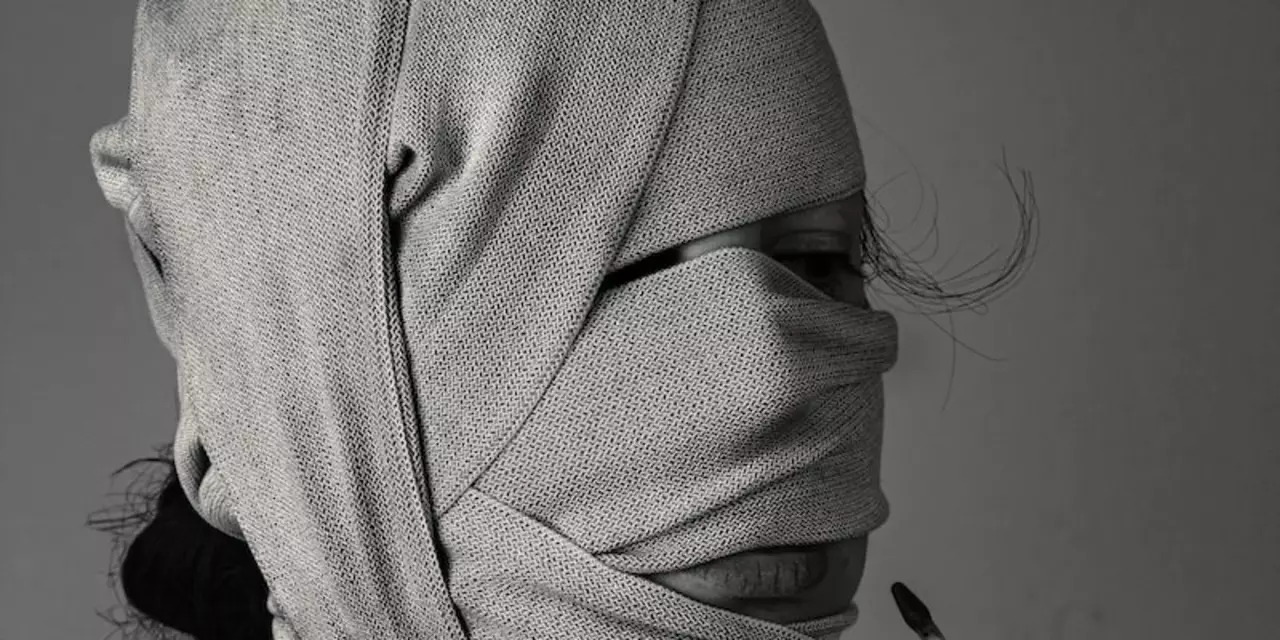Communication in Shibari: Talk, Trust, and Safe Rope Play
When you’re about to tie someone up, the first thing you need isn’t a fancy knot, it’s a conversation. Good communication makes the difference between excitement and anxiety. It builds trust, sets clear limits, and lets both partners enjoy the experience without worrying about safety.
Before the Rope: Setting Limits and Safe Words
Start every session with a quick chat about what each person wants and doesn’t want. Ask questions like, “What areas are off‑limits?” or “Do you have any medical concerns?” Write down the answers if that helps. Then pick a safe word – a word that means stop instantly – and maybe a softer signal like a tap for “slow down.” Keep the safe word simple and unrelated to the scene so it stands out.
It’s also smart to discuss rope intensity. Some people love tight pressure, others prefer light, decorative ties. Agree on the level before you even pick up the rope. This way you avoid guessing and can focus on the flow of the scene.
During and After: Signals, Check‑Ins, and Aftercare
While you’re tying, keep the dialogue open. A simple “How’s that?” every few minutes lets the bottom voice concerns early. If you notice tension or discomfort, pause and ask, “Is everything okay?” Non‑verbal cues matter too – a clenched jaw or a sudden movement can signal distress. Stay alert and respond right away.
When the ropes come off, the conversation doesn’t stop. Aftercare is the time to check in emotionally and physically. Ask, “How do you feel now?” and offer water, a blanket, or a gentle massage. This helps both people process the experience and reinforces trust for the next session.
Remember, communication isn’t a one‑time thing; it’s a habit you build with each rope play. By talking before, checking in during, and caring after, you create a safe space where creativity thrives. Keep the lines open, keep the rope tight, and enjoy the connection you’re building together.
